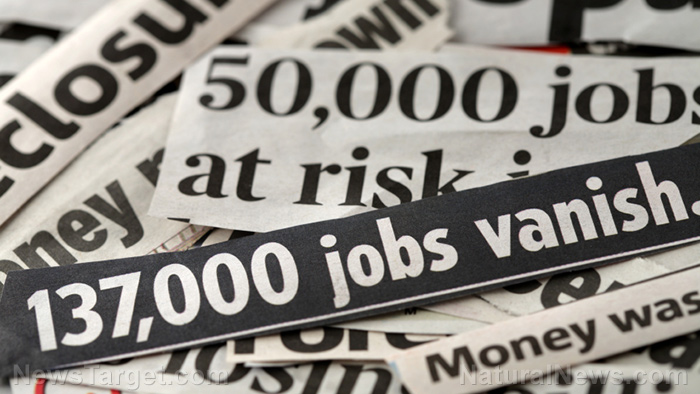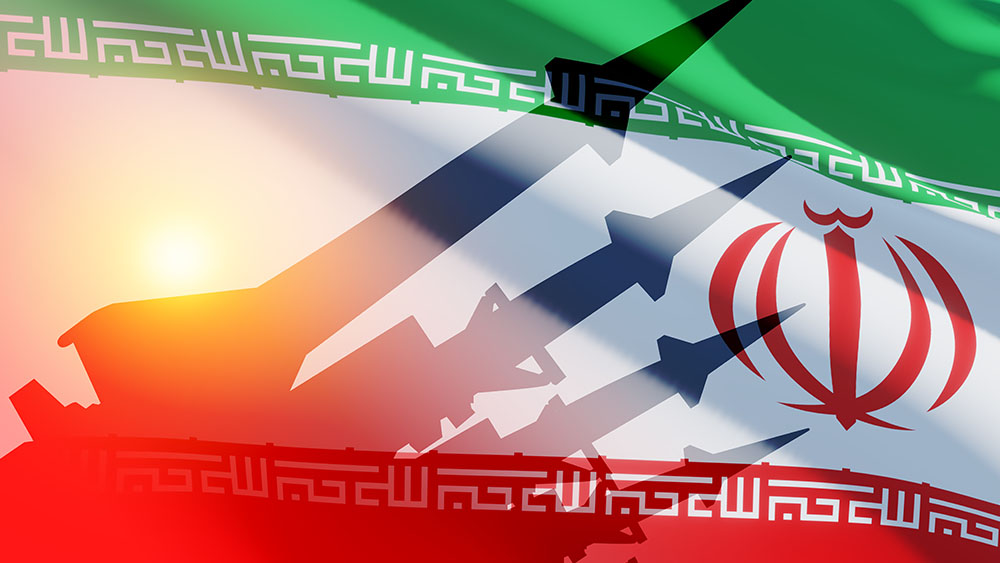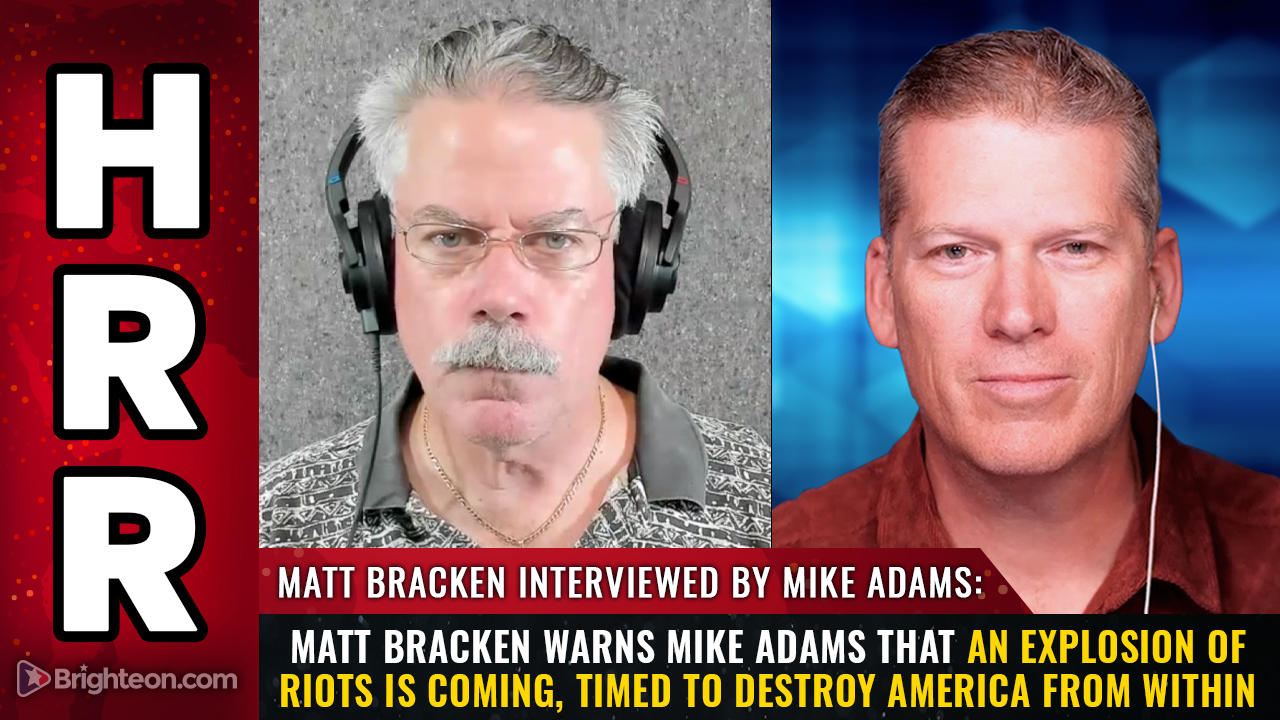 Parler
Parler Gab
Gab
- Procter & Gamble announces 7,000 job cuts to non-manufacturing roles over two years.
- Trump-era tariffs, inflated costs and shifting consumer demand.
- Reduced toxic 1,4-dioxane in Herbal Essences as grassroots advocacy grows.
- Unilever also cites price pressures amid commodity inflation.
- P&G faces $600M potential hit in FY2026 from U.S. trade policies.
The layoff plan and strategic shift: Cutting jobs to offset tariff-driven costs
P&G’s restructuring — projected to return its workforce to 2018 levels of 100,000 — will streamline management teams and accelerate reliance on AI and automation. CFO Andre Schulten, speaking in Paris, called the measures an “intentional acceleration” of prior strategies to navigate what he termed an “increasingly challenging environment.” This follows P&G’s April report of slower sales and a lowered 2025 sales forecast of just 2% organic growth, down from an earlier 3-5% range. The revisions stem partly from U.S. trade policies. Schulten revealed tariffs could cost P&G $600 million in fiscal 2026, even as 90% of its U.S. products are domestically produced. Imported raw materials and packaging from China, however, remain vulnerable. To offset losses, P&G plans price hikes on certain products, a strategy Unilever echoed in its April statement, citing commodity inflation as a persistent threat.Toxic reforms and grassroots pressure: A new era of consumer advocacy
While cost-cutting dominates headlines, P&G is also recalibrating its product safety under public scrutiny. At a May press event, the Green Patriot Working Group highlighted P&G’s pledge to reduce carcinogenic 1,4-dioxane levels in Herbal Essences to meet California’s Proposition 65 standards (≤10 parts per million). The move follows years of pressure from environmental groups, underscoring a broader trend of consumer-driven corporate accountability. However, P&G’s troubles reflect a sector in flux. As historian and consumer trends analyst Dr. Elena Marquez noted, “Companies are caught between demanding shareholders and activists — we’ve never seen such intertwined pressures.” This push-pull dynamic is testing longstanding business models, from pricing strategies to product formulation.A conservative outlook: Tariffs’ role in reshaping industry economies
The layoffs and reforms come as U.S. businesses grapple with Trump’s 2018–2020 tariffs on Chinese imports, which initially aimed to protect domestic industries but have instead fueled inflation and supply chain bottlenecks. Analyst Nik Modi of RBC Capital Markets recently told clients that consumer staples firms, once seen as recession-proof, are now “stripping down to the bone.” P&G’s stock, which has fluctuated between 160 and 180 since mid-2024, dipped 1% year-to-date, signaling investor wariness. Meanwhile, Schulten admitted that geopolitical unrest, including ongoing Sino-U.S. trade tensions, complicates long-term planning.The tangled path to consumer confidence
P&G’s layoffs and product reforms, part of a broader trend among major corporations under economic strain, mark a pivotal moment for a company — and an industry — teetering between financial pressures and shifting consumer values steeped in transparency demands. While grassroots movements and regulatory accountability push for safer products, tariff-induced costs and shifting demand pressure corporate resilience, amplified by rising raw material and shipping logistics expenses that strain profit margins. Alternative media platforms, meanwhile, have seized this moment to scrutinize corporate strategies, shedding light on hidden realities behind layoff decisions and product reforms, and raising questions about how rising costs are being passed along to consumers through higher prices. Amid these trials, brands like Procter & Gamble must navigate a precarious tightrope between fiscal survival and societal expectations, their choices further complicated by inflation-driven cost increases that could destabilize consumer trust if perceived as exploitative.A new recipe for corporate survival
As industry peers such as Unilever brace for turbulence in this climate of rising inflation and regulatory checks — their own cost-cutting measures and product adjustments under close watch — the coming years will test whether companies can harmonize fiscal pragmatism with society’s call for ethical accountability. The stakes extend beyond individual firms: If traditional institutions continue to prioritize shareholder interests over transparency or fair pricing, their erosion may accelerate a broader shift toward alternative economic models that integrate sustainability, consumer welfare and honest business practices. The path ahead hinges not only on corporate adaptability but also on whether the narratives reshaped by media scrutiny and public pressure can redefine what “resilience” means in an economy where trust — and consumer confidence — are the most fragile currencies of all. Sources for this article include: ZeroHedge.com FinancialTimes.com MSN.comU.S. evacuates Middle East; Iran warns of base attacks as nuclear talks teeter
By Willow Tohi // Share
U.S. review of AUKUS submarine deal tests transatlantic resolve amid rising China threat
By Willow Tohi // Share
LA riots just the start: Left-wing radicals push for southwest secession
By Finn Heartley // Share
MAGA influencer calls to deploy Palantir on LA streets
By News Editors // Share
Governments continue to obscure COVID-19 vaccine data amid rising concerns over excess deaths
By patricklewis // Share
Tech giant Microsoft backs EXTINCTION with its support of carbon capture programs
By ramontomeydw // Share
Germany to resume arms exports to Israel despite repeated ceasefire violations
By isabelle // Share










